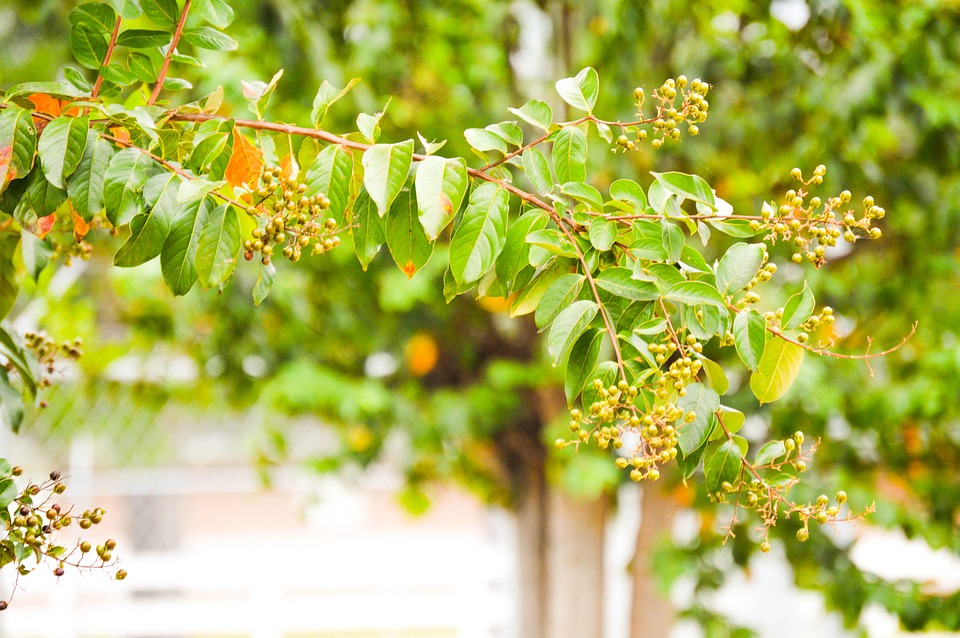Winter Pruning
Check out our blog!
Pruning overgrown shrubs and crepe myrtles are the most arduous tasks that must be completed each winter. Winter Pruning helps plants maintain a manageable shape. It is also ascetically pleasing. Before pruning, one must know where and how many branches need to be cut. The main purpose is to accent the plant’s natural outline. If pruning is done correctly, it should seem like nothing was done at all. While pruning, do not rush as most mistakes are made by cutting off one too many branches. Step back and check the work done so far. Check to see if the plant is proportional on both sides.
Pruning Direction
As the pruning begins, continually prune to the very back of a branch. Never leave a branch stub or an open branch to the elements. Open branch ends invite diseases to occur in the open spot on the branch. Any dead branch on a crape myrtle or shrub should be cut back to the bud, in order to allow new branches to grow. The branch should be cut outward so new branches will grow away from the plant.
Remove Dead Branches
Cut off any branches on the crape myrtle or shrub that have died over the winter season. Dead branches can take nutrients from the healthy parts of the plant and eventually kill it. Cut off any suckers or water sprouts that attached to the tree. Water sprouts are stems that have grown from an excess amount of water from inside the tree or shrub. Sprouts grow at a 90-degree angle and sprout from the base of a tree. Suckers are similar to water sprouts but are straight in appearance. Water sprouts and suckers will never cultivate into branches.
Thinning Canopies
Thinning a canopy of a crape myrtle helps to increase circulation and maintain the shape of the plant. Start at the center of the canopy and move out to the exterior of the canopy. Thin out the branches that make up most of the frame of the tree or shrub. Additional benefits from thinning a canopy, include preventing diseases that can occur in crape myrtle trees or shrubs. Make sure to not eradicate more than one quarter of a crape myrtle or shrub in one season.
Other Problems to Look for
Insects and disease will plague crape myrtles and shrubs and should be rectified before spring. Caterpillars and moths are the most common infestations to have during winter. They can be removed by hand or pruned out to control a larger infestation during spring. Diseases will occur in the form of swelling or darker areas on a branch. Cut off any diseased branches before it spreads to other parts of the plant.

